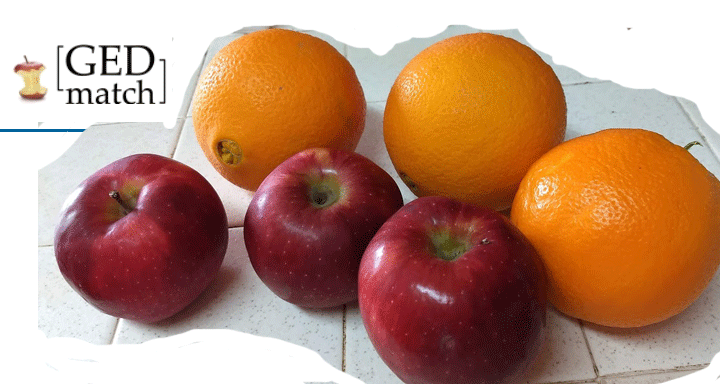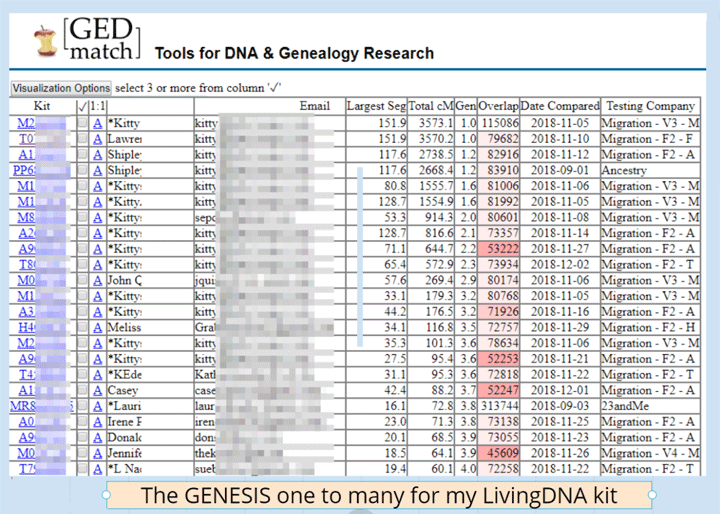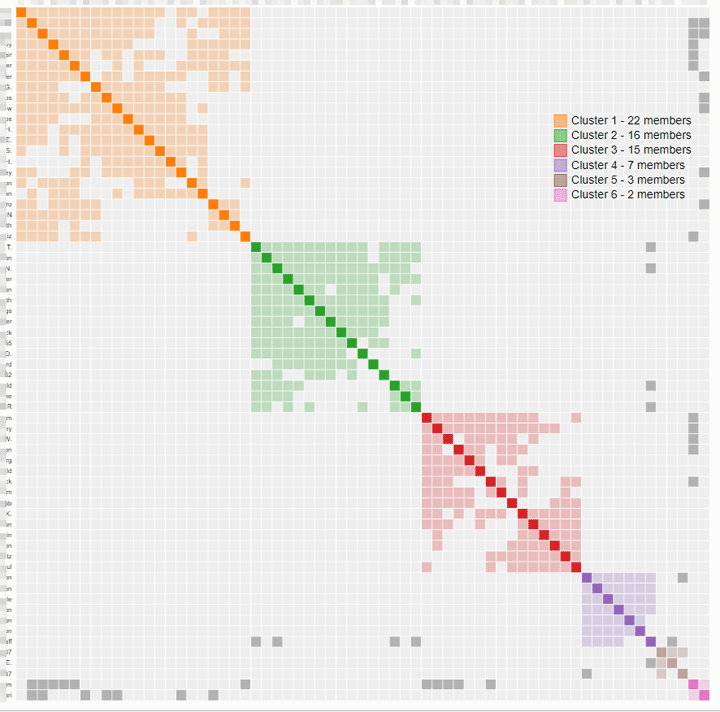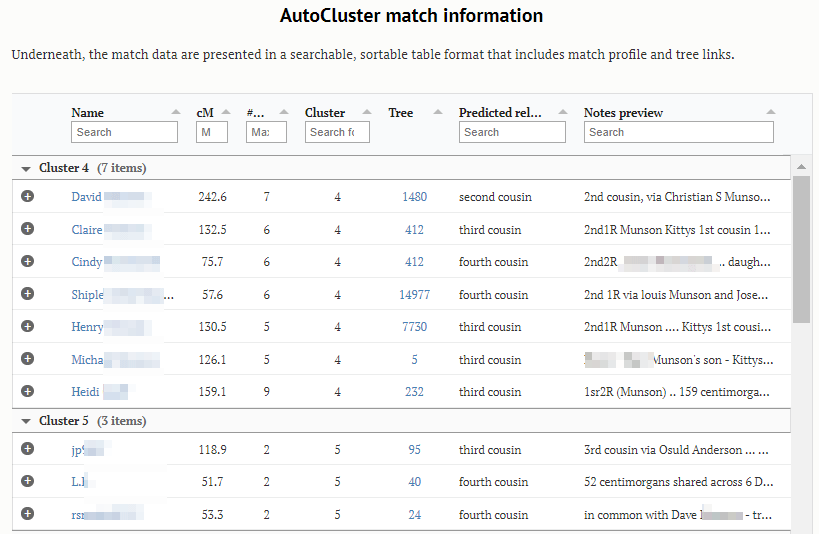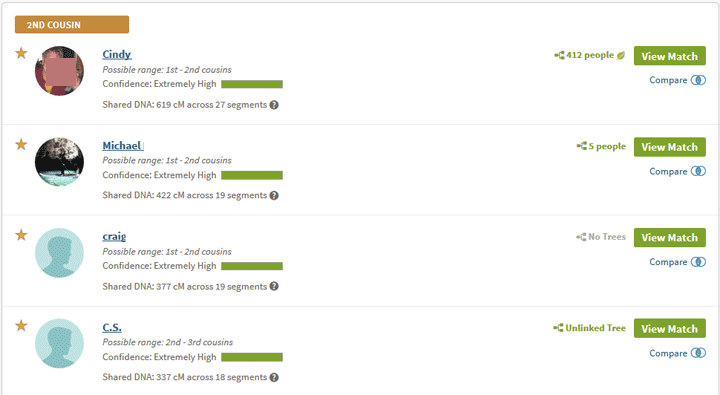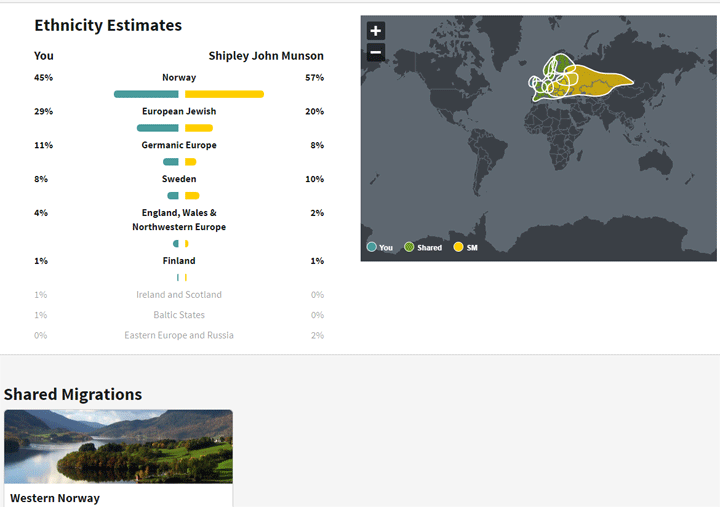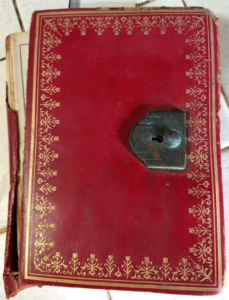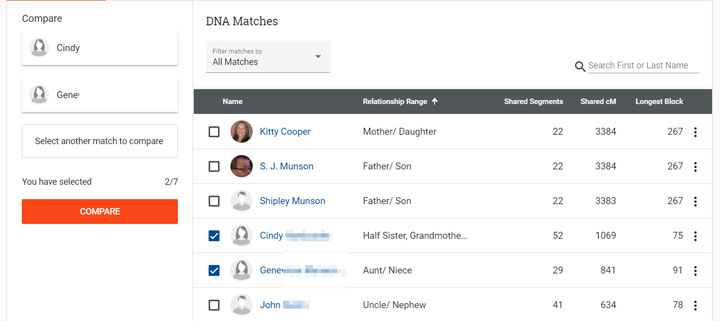At my recent GEDmatch talk for i4GG, I warned the crowd that soon Genesis would be the only place at GEDmatch where you could upload new DNA kits. Well that day has actually come! Although your kits will migrate from GEDmatch, you may want to upload to Genesis if you cannot wait to see the comparisons. By the way, your GEDmatch login will work just fine at Genesis. Note that Genesis has the GEDmatch logo with an apple core next to it.
So why do you have to move to GENESIS? The problem is that some companies are using newer chips which test for different not completely overlapping markers: LivingDNA and 23andMe since August 2017. Why you may ask? Because the new chips test more SNPs and have more non-European ethnic coverage.
So how do you compare apples to oranges? Well Genesis seems to do a good job of it and the new one-to-many warns you when there are not enough SNPs in common for confidence in the results by highlighting in red. Have a look:
Notice that the last three columns are new. One shows how many SNPs overlap between the kits (in other words, how many SNPs are in common between the two sets of test results so can be compared), the next shows the date compared, and finally the company where the test was done is listed. The latter is needed because kits uploaded directly to GENESIS get assigned kit ids that start with a pair of random letters so the origin is not known from that. Note that migrated kits keep the A,T,M, and H single letters. Also many recently migrated kits will show an overlap of 0 because that has not yet been compared for them.
You may also notice that many columns are missing like haplogroups, gedcoms, and X matching; nor are the columns sortable. Hopefully these features will be added back soon. The display is more compact with the confusing clickable L replaced by clicking on a kit number to see its list of one to many matches. By the way the Tier 1 version of the one-to-many looks exactly the same as the one on GEDmatch.
